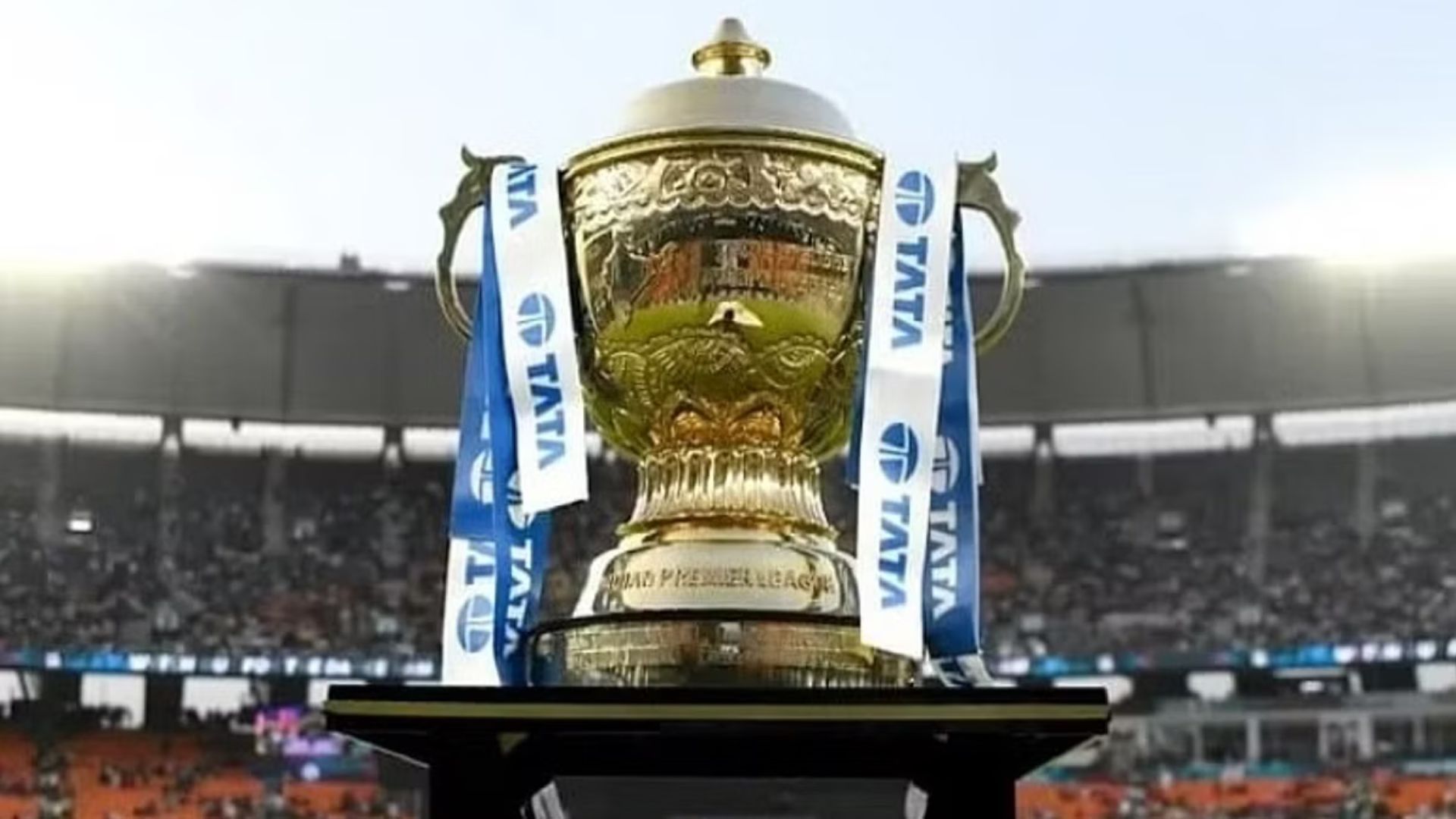
In a very significant judgment pertaining to the category of the offence punishable under Section 506 of the IPC if committed in Uttar Pradesh, the Lucknow Bench of Allahabad High Court in a most learned, laudable, logical, landmark and latest judgment titled Brij Mohan vs State of UP Thru. Prin. Secy. Home Lko. And Another in Application U/S 482 No.- 12771 of 2023 and cited in 2024 LiveLaw (AB) 26 and also cited in Neutral Citation No.: 2024:AHC-LKO:3380 that was pronounced as recently as on January 11, 2024 has minced just no words to observe specifically that an offence under Section 506 of IPC (punishment for criminal intimidation) if committed in the State of Uttar Pradesh is a cognizable offence. While holding so, a Single Judge Bench comprising of Hon’ble Mr Justice Subhash Vidyarthi of Lucknow Bench of Allahabad High Court referred to a notification published in the UP Gazette dated 31st July, 1989, notifying the declaration made by the then Governor of UP that any offence punishable under Section 506 of the IPC when committed in Uttar Pradesh shall be cognizable and non-bailable.
It must be mentioned that the Court also noted that the said notification had been upheld by a Full Bench of the Allahabad High Court in Meta Sewak Upadhyay vs State of U.P., 1995 CJ (All) 1158 and this judgment was also approved by the Apex Court in Aires Rodrigues vs Vishwajeet P Rane (2017). At the very outset, this brief, brilliant and balanced judgment authored by the Single Judge Bench comprising of Hon’ble Mr Justice Subhash Vidyarthi of Lucknow Bench of the Allahabad High Court sets the ball in motion by first and foremost putting forth in para 2 that, “By means of the instant applicant filed under Section 482 Cr.P.C, the applicant Brij Mohan has challenged the validity of the charge sheet no. 1 of 2023 dated 05.06.2023 under Sections 323, 504, 506 I.P.C. arising out of Case Crime No. 272/2023, Police Station Lalganj, District Raebareli, and the order dated 13.12.2023 passed by the Additional Chief Judicial Magistrate, Court No. 4, Raebareli in Case No. 24381 of 2023, taking cognizance of the aforesaid offences.”
To put things in perspective, the Bench envisages in para 3 that, “The submission of the learned counsel for the applicant is that all the offences are non-cognizable and, therefore, neither an F.I.R could be lodged regarding the offence under Section 323, 504, 506 nor could a charge sheet have been submitted nor could the court have taken cognizance of the offence and have summoned the applicant to face the trial of a State Case and only a complaint could have been entertained by the Court in respect of noncognizable offences.” Be it noted, the Bench notes in para 4 that, “The Offence under Section 323, 504 I.P.C are undisputedly non-cognizable offence. The first Schedule appended to the Criminal Procedure Code, 1973 mentions the offence under Section 506 also to be a non-cognizable offence. However, the Uttar Pradesh Government has issued a Notification No. 777/ VIII-9 4(2)-87, dated July 31, 1989, which was published in U.P. Gazette, Extra Part-4, Section (Kha), on 02.08.1989, which provides as follows: – “In exercise of the powers conferred by Section 10 of the Criminal Law Amendment Act, 1932 (Act No. XXIII of 1932) read with Section 21 of the General Clauses Act, 1897 (Act No. 10 of 1897) and in supersession of the notifications issued in this behalf, the Governor is pleased to declare that any offence punishable under Section 506 of the Penal Code, 1860 when committed in any district of Uttar Pradesh, shall notwithstanding anything contained in the Criminal Procedure Code, 1973 (Act No. 2 of 1974) be cognizable and non-bailable.”
It is also worth noting that the Bench then clarifies in para 5 observing that, “The aforesaid notification has been issued under Section 10 of the Criminal Law Amendment Act, 1932 (Act No. 23 of 1932), which provides as follows:— “10. Power of State Government to make certain offences cognizable and non-bailable.— (1) The State Government may, by notification in the Official Gazette, declare that any offence punishable under section 186, 188, 189, 190, 228, 295A, 298, 505, 506 or 507 of the Penal Code, 1860, when committed. in any area specified in the notification shall, notwithstanding anything contained in the Code of Criminal Procedure, 1898 (5 of 1898), be cognizable, and thereupon the Code of Criminal Procedure, 1898, shall, while such notification remains in force, be deemed to be amended accordingly. (2) The State Government may, in like manner and subject to the like conditions and with the like effect, declare that an offence punishable under section 188 or section 506 of the Penal Code, 1860, shall be non-bailable.””
Briefly stated, the Bench states in para 6 that, “In Mata Sewak Upadhyay v. State of U.P., 1995 JIC 1168, the question of validity of the aforesaid provision was assailed before a Full Bench of this Court.” It cannot be lost on us that the Bench notes in para 7 that, “Section 10 of the Criminal Law Amendment Act, 1932 authorised the State Government to make certain non-cognizable offences under Code of Criminal Procedure, 1898 (5 of 1898), cognizable by notification, but this power could be exercised in respect of the Code of Criminal Procedure, 1898 only and after its repeal by virtue of Section 484 of Criminal Procedure Code, 1973, the power ceased to exist.” As we see, the Bench points out in para 8 that, “Section 10 of the Act of 1932 is violative of Article 14 of the Constitution, inasmuch as it is bereft of any guideline in respect of an area to be specified in the notification.”
Do note, the Bench notes in para 9 that, “The Full Bench rejected both the contentions and held that Section 10 of the Act of 1932 and Notification No. 777/VIII-9- 4 (2) (87) dated July 31, 1989 are valid.” It ought to be noted that the Bench then notes in para 10 that, “The learned Counsel for the applicant has placed reliance upon a subsequent Division Bench judgment of this Court in the case of Virednra Singh and others Vs. State of U.P. and others, 2002, Cri.L.J. 4265, wherein it was held that:- “7. Section 10 of the Criminal Law Amendment Act, 1932 does not give power to the State Government to amend by a notification any part of the Criminal Procedure Code 1973. Since the Cr.P.C. of 1898 has been repealed by Section 484 of the Cr.P.C. Act, 1973 we are of the opinion that Section 10 of the Criminal Law Amendment Act, 1932 has become redundant and otiose. Hence in our opinion no notification can now be made under Section 10 of the Criminal Law Amendment Act, 1932. Any such notification is illegal for the reason given above. Hence we declare notification No. 777/VIII-9 4(2)-87, dated July 31, 1989, published in the U.P. Gazette, Extra Part 4, Section (kha), dated 2nd August, 1989 by which Section 506, I.P.C. was made cognizable and non bailable to be illegal. Section 506, I.P.C. has to be treated as bailable and non -cognizable offence. 8. There is another reason also why the aforesaid notification of 1989 is illegal. The Cr.P.C. of 1973 is a Parliamentary enactment.
An act can only be amended by another Act or by an Ordinance, not by a simple notification. Moreover, a Central Act cannot be amended even by a U.P. Act unless the assent of the President is taken vide Article 254(2) of the Constitution. The notification of 1989 purports to amend a Central Act (the Cr.P.C. of 1973) even without the assent of the President.”” Further, the Bench observes in para 11 that, “The learned counsel for the applicant has submitted that the judgment of the Division Bench in Virendra Singh (supra) has been followed in the order dated 05.07.2019 passed by a coordinate Bench of this Court in Hakim Singh Vs. State of U.P. and another, Application under Section 482 Cr.P.C. No. 7147 of 2006.” Truth be told, it must be taken into account that the Bench then points out in para 12 that, “The judgment in the case of Virendra Singh (Supra) was passed a Division Bench without taking into consideration the earlier Full Bench judgment in the case of Mata Sewak Upadhyay, which was binding on the Division Bench.” It cannot be glossed over that the Bench then postulates in para 13 that, “Moreover, the aforesaid decision of the Full Bench in Mata Sewak Upadhyay (Supra) has been approved by the Hon’ble Supreme Court in Aires Rodrigues v. Vishwajeet P. Rane, (2017) 11 SCC 62.
The question in that case was regarding validity of a similar Notification issued under Section 10 of the Criminal Law Amendment Act, 1932, declaring Sections 186, 188, 189, 228, 295-A, 298, 505 or 507 of the Penal Code, 1860 when committed in the Union Territory of Goa (now State), Daman and Diu, to be cognizable and Sections 188 or 506 IPC to be non-bailable when committed, in the said territory. The contention, in support of the challenge, was that such a Notification would be repugnant to the provisions of the Code of Criminal Procedure and the State could not issue a notification in conflict with the Central legislation. The Hon’ble Supreme Court held that: – “merely because the 1898 Code has been repealed and replaced by the 1973 CrPC, could not affect the situation. Section 484 CrPC, 1973 as well as Section 8(1) of the General Clauses Act, 1897 saved a notification which may have been issued under CrPC of 1898. Section 8 of the General Clauses Act is as follows:
Please read concluding on link4din.com/guardians-numeric-wisdom















